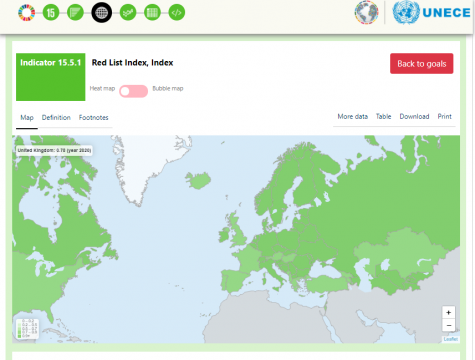Introduction
Agenda 2030 is a joint global commitment of all countries to drive the society towards a better world. It strives to build a better world from a 5 Ps perspective: people, planet, peace, prosperity and partnerships. At the same time, none of these dimensions can be seen and taken separately from the others – this is why, applying changes in one would necessarily involve changes in the others and improving the situation in one, it will scale up to improvements in the others.
When it comes to speak about environment there are five goals to target explicitly the environment issues:





SDG 11: aiming to make cities and human settlements inclusive, safe, resilient and sustainable
SDG 12: promoting and ensuring responsible consumption and production
SDG 13: striving to take urgent action to tackle climate change and its impacts
SDG 14: aiming to conserve and sustainably use the oceans, seas and marine resources for sustainable development
SDG 15: focusing on protection, restoration and promotion of sustainable use of terrestrial ecosystems, sustainable management of forests, combatting desertification, and halting and reversing land degradation and halting biodiversity loss
At the same time, it must be mentioned that the environment action and impacts are much broader than that – covering health, well-being and prosperity targets and indicators. For instance,
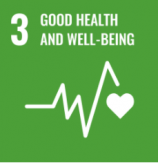
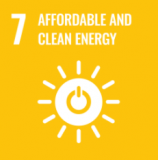
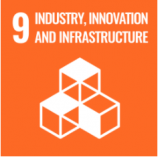
SDG 3: ensuring healthy lives and promoting well-being for all at all ages
SDG 7: ensuring access to affordable, reliable, sustainable and modern energy for all
SDG 9: building resilient infrastructure, promoting inclusive and sustainable industrialization and fostering innovation.
For further information on SDGS in UNECE countries please consult https://w3.unece.org/sdghub/
Health-relevant air quality data informing policy and public
Several SDG targets and corresponding SDG indicators for UNECE countries relate to improving air quality, please refer for further information to the UNECE-SDG-Dashboard and WHO as described in the following.
The objective of the air related SDG target 3.9 – Mortality from environmental pollution states:
“By 2030, substantially reduce the number of deaths and illnesses from hazardous chemicals and air, water and soil pollution and contamination.”
To explore the situation in the countries, please refer as an illustration of an overview to the air related indicator 3.9.1 - Crude death rate attributed to household and ambient air pollution, deaths per 100,000 population see: https://w3.unece.org/SDG/en/Indicator?id=99
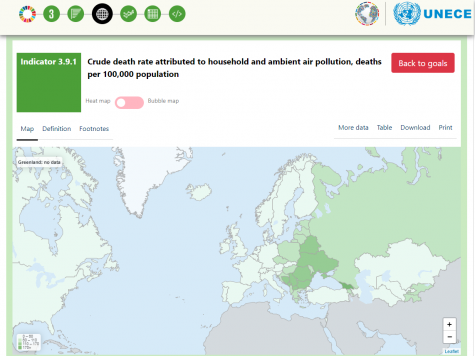
Where the objective of the air related SDG target 7.1 – Affordable, reliable, sustainable and modern energy for all aims to:
“By 2030, ensure universal access to affordable, reliable and modern energy services”
To see the situation in the countries, please refer to the air related indicator 7.1.2 - Percentage of population with primary reliance on clean fuels and technologies at the household under: https://www.who.int/data/gho/data/themes/air-pollution/household-air-pollution
Figure: Proportion of population with primary reliance on clean fuels and technologies for cooking (%)

“By 2030, reduce the adverse per capita environmental impact of cities, including by paying special attention to air quality and municipal and other waste management”
For an overview of the situation in the countries, please see the air related indicator 11.6.2: Annual mean levels of fine particulate matter in cities, urban population, micrograms per cubic meter under: https://w3.unece.org/SDG/en/Indicator?id=52
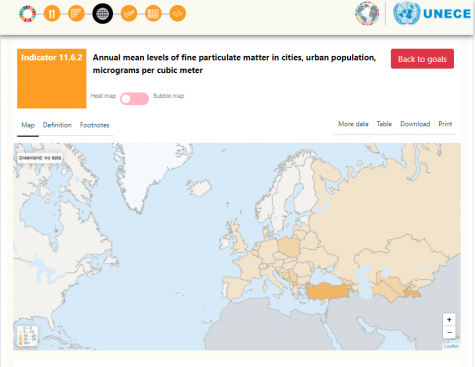
Towards clean, renewable and efficient energy use
SDG target 7 and its corresponding SDG indicators for UNECE countries aim to improve future energy supply, please refer for further information to the UNECE-SDG-Dashboard as described in the following.
For the objective of the energy related SDG target 7.2 – on renewable energy:
“By 2030, increase substantially the share of renewable energy in the global energy mix”
To explore the situation in the countries, please refer to the energy related indicator 7.2.1 Renewable energy share in the total final energy consumption, % see: https://w3.unece.org/SDG/en/Indicator?id=23
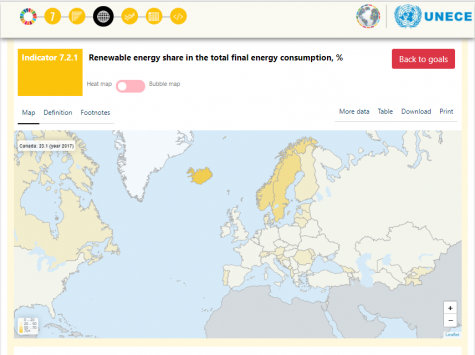
For the objective of the energy related SDG target 7.3 – on energy efficiency:
“By 2030, double the global rate of improvement in energy efficiency”
To explore the situation in the countries, please refer to the energy related indicator 7.3.1 Energy intensity level of primary energy, MJ/constant 2011 PPP GDP see: https://w3.unece.org/SDG/en/Indicator?id=24

Freshwater Management Indicators and Policies
SDG 6 targets 6.2 and 6.3 and its corresponding SDG indicators for UNECE countries relate to the improvement of water resources for all, please refer for further information to the UNECE-SDG-Dashboard:
6.2.1Proportion of population using safely managed sanitation services, All Areas
6.2.1Proportion of population using safely managed sanitation services, Urban
6.2.1Proportion of population using safely managed sanitation services, Rural
6.3.1Proportion of safely treated domestic wastewater flows
6.3.2 (a)Proportion of bodies of water with good ambient water quality
6.3.2 (b)Proportion of groundwater bodies with good ambient water quality
6.3.2 (c)Proportion of open water bodies with good ambient water quality
6.3.2 (d)Proportion of river water bodies with good ambient water quality
6.4.2Level of water stress: freshwater withdrawal as a proportion of available freshwater resources
In addition, please see the available country specific reports on SDG 6 including 6.1, 6.4, 6.5 and 6.6 at the High Level Forum on Sustainable Development – Voluntary national reviews under: https://sustainabledevelopment.un.org/vnrs/
Waste Management Indicators and Policies
SDG target 12 and corresponding SDG indicators for UNECE countries relate to improve waste management, please refer for further information to the UNECE-SDG-Dashboard and the SDG 12 Hub as described in the following.
The objective of the waste related SDG target 12.2 – is:
“By 2030, achieve the sustainable management and efficient use of natural resources.”
To explore the situation in the countries, please refer as an illustration of an overview to the waste related indicator 12.2.2 (a) Domestic material consumption per unit of GDP (all materials), kilogrammes per constant 2010 United States dollar under: https://w3.unece.org/SDG/en/Indicator?id=145
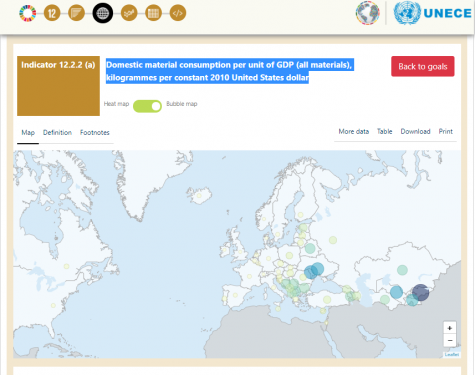
For the objective of the waste related SDG target 12.4 it is agreed that:
“By 2020, achieve the environmentally sound management of chemicals and all wastes throughout their life cycle, in accordance with agreed international frameworks, and significantly reduce their release to air, water and soil in order to minimize their adverse impacts on human health and the environment.”
To explore the situation in the countries, please refer as an illustration of an example for the hazardous waste related indicator 12.4.1 (a) Compliance with the Basel Convention on hazardous waste and other chemicals, percent under:https://w3.unece.org/SDG/en/Indicator?id=55
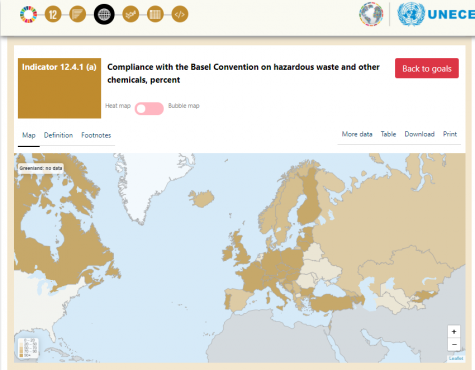
For the objective of the waste related SDG target 12.5 it is agreed that:
“By 2020, achieve the environmentally sound management of chemicals and all wastes throughout their life cycle, in accordance with agreed international frameworks, and significantly reduce their release to air, water and soil in order to minimize their adverse impacts on human health and the environment.”
To explore the situation in the countries, please refer as an illustration of an overview to the waste related indicator 12.5.1 under: https://sdg12hub.org/sdg-12-hub/see-progress-on-sdg-12-by-country
Informing biodiversity restoration policies
SDG target 15 and corresponding SDG indicators for UNECE countries relate to improve the biodiversity situation, please refer for further information to the UNECE-SDG-Dashboard as described in the following.
For the objective of the biodiversity related SDG target 15.1 –
“By 2020, ensure the conservation, restoration and sustainable use of terrestrial and inland freshwater ecosystems and their services, in particular forests, wetlands, mountains and drylands, in line with obligations under international agreements.”
To explore the situation in the countries, please refer as an illustration of an overview to the biodiversity related indicators 15.1.1 Forest area as a proportion of total land area, (%) and 15.1.2 (a) Average proportion of Freshwater Key Biodiversity Areas (KBAs) covered by protected areas, % under: https://w3.unece.org/SDG/en/Indicator?id=147
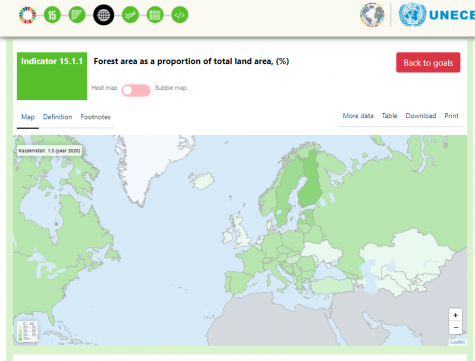
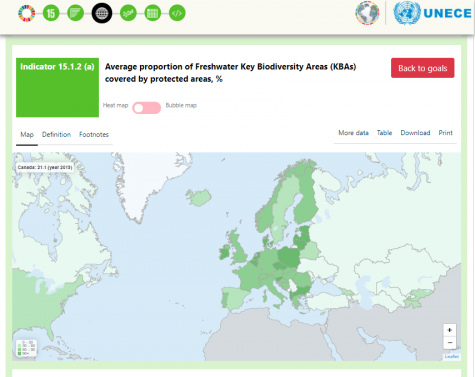
For the objective of the biodiversity related SDG target 15.4 –on protected mountain biodiversity areas:
“By 2030, ensure the conservation of mountain ecosystems, including their biodiversity, in order to enhance their capacity to provide benefits that are essential for sustainable development”
To explore the situation in the countries, please refer as an illustration of an overview to the biodiverstiy related indicator 15.4.1 Average proportion of Mountain Key Biodiversity Areas (KBAs) covered by protected areas, (%) under: https://w3.unece.org/SDG/en/Indicator?id=67

For the objective of the biodiversity related SDG target 15.5 – on reducing the degradation of natural habitats and to halt biodiversity loss, the target is to:
“Take urgent and significant action to reduce the degradation of natural habitats, halt the loss of biodiversity and, by 2020, protect and prevent the extinction of threatened species.”
To explore the situation in the countries, please refer as an illustration of an overview to the biodiversity related indicator 15.5.1 Red List, Index under: https://w3.unece.org/SDG/en/Indicator?id=69
